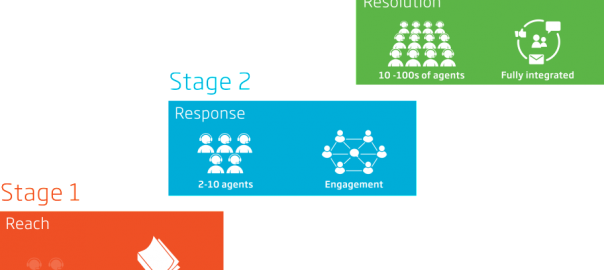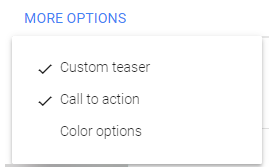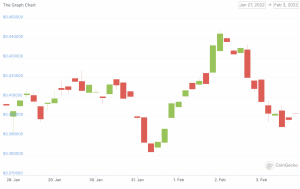My personal journey in helping companies manage social media started squarely in marketing. I founded iPlatform in 2008, which became one of the world’s first Preferred Developers for Facebook. We had great success building innovative Facebook applications for major brands like Swatch, The Economist, McDonalds and many more. At the time, these applications were one of the most powerful ways for a company to drive huge engagement with an excited and interested user base, with strong viral potential and network effects (iPlatform was acquired in 2012, after which I devoted all of my energy to Conversocial).

Since that time, the world of social media has changed a lot. Social advertising is still extremely powerful (using highly targeted adverts and easily sharable content). But social applications are largely dead, and even organic (non-paid) reach for branded content is now pretty much non-existent, especially on Facebook. On the flip side, social has continued its rapid growth trajectory to become the most important channel for communication between people. It’s the global pulse, where news and information spread like wildfire. And it’s how consumers are able to rapidly reach out to any company they have a question or issue with, on their smartphone, without having to search for an email address or wait on hold, and get a fast response and resolution. This has only increased as a significant portion of communication has shifted to smartphones and tablets; a trend that is continuing to explode with the advent of mobile messaging — which will eventually replace email and SMS.These changes have created three distinct areas of social media management: outbound (focused on social advertising and campaign management), listening (what people are broadly saying about you on the internet), and inbound (managing the large volume of inbound social messages). In the ‘traditional’ world, these very closely align with marketing, PR, and customer service respectively.
When it comes to inbound, some companies now have 10%+ of all of their inbound customer contacts coming over social media. In times of crisis, this can increase to over 90%. Conversocial has customers managing hundreds of thousands of inbound messages over social media every month, and a large percentage of these
require a direct 1:1 response. Customer expectations have changed — social is no longer just a fun place to hangout playing Farmville (remember that?). It’s a serious channel for getting help and assistance, often asking highly valuable questions or giving complaints in real-time, at the point of sale, or during a service experience. And to provide a quality resolution to these kind of messages often requires an agent to implement real changes (e.g give refunds, change account info) or have deep product or system knowledge.
But despite the fact that customer expectations have changed, many marketing teams are still holding on to control of the inbound social experience. Customer service are hamstrung by not having full ownership. This results in a lack of real resolution (with consumers being re-directed away from social to other channels, almost always resulting in a terrible customer experience), more expensive internal resourcing (with multiple layers of teams to speak to before getting a resolution, and no real workforce optimization), and slower response times. It costs businesses more while creating a worse customer experience — a lose-lose situation for everyone.
On the flip side, a growing number of companies have now embraced social as a powerful service channel, giving real ownership to the customer service department for all inbound social messages. They are able to resource their teams efficiently to handle a huge scale of 1:1 social communication at fast speed and low-cost; and offer real resolution of issues within social, allowing first-contact resolution — the most important factor in a good service experience. With full ownership, customer service can take a social first approach: making their company a market leader in service-delivery over social media, and encouraging customers to use it as their first port of call. They can quickly take questions to a positive outcome, instead of social media just being used as a last resort by customers to leave negative public rants (often after their first social message got a slow or ineffective response).
Customer experience is a team effort between all company departments: this is as true in social as any other interaction channel (including real-life). But the early rise of social media as a marketing channel means that marketing departments and CMOs have been holding on to the inbound aspects of social media for too long. This doesn’t mean marketing shouldn’t be involved at all; on the contrary, social media is a great opportunity to help drive deeper relationships between different public facing departments. But if you’re a marketer, and you really care about the customer experience, it’s time to give ownership of inbound social to your customer service team. Your customers will thank you for it.
(337)










